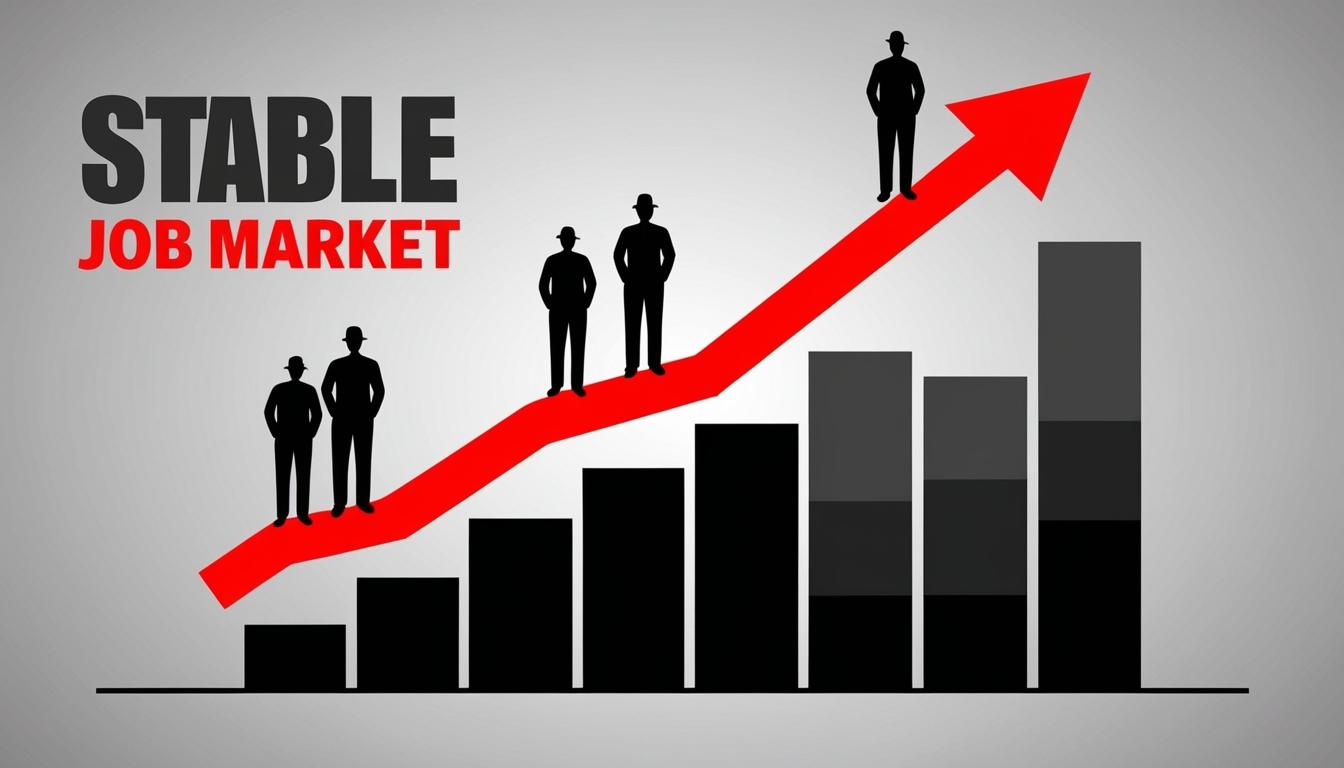As 2024 draws to a close, the US economy has shown signs of stability in job creation, echoing patterns observed during the decade preceding the pandemic. Over the past year, the economy added an average of 180,000 jobs monthly while maintaining an unemployment rate around historic lows, peaking briefly at 4.2%. Economists suggest that this trend aligns with hopes for a "soft landing," which aims to reduce inflation without triggering a recession.
On 5 January 2025, the Bureau of Labor Statistics is expected to unveil a definitive jobs report for December, which is anticipated to show modest job growth of approximately 153,000, maintaining the unemployment rate unchanged at 4.2%, as reported by FactSet. Nela Richardson, chief economist at ADP, stated, “2024 captured a very stable labor market, a labor market where supply and demand were in balance for the first time, post-pandemic.”
However, experts are forecasting a more challenging landscape for 2025. Hiring activity has reportedly slowed to a decade low, compounding the typical churn characteristic of robust labour markets. Workers are remaining in their positions longer and job searches are extending beyond usual norms. Cory Stahle, an economist from Indeed Hiring Lab, noted, “Your experience with the labor market is going to depend largely on what industry or occupation you’re working in,” indicating an uneven recovery across sectors.
Several factors contributing to this hesitancy in hiring include post-pandemic adjustments, a concentration of growth within specific industries, high interest rates, and broader economic uncertainties, including potential policy changes from the incoming administration led by President-elect Donald Trump. Elise Gould, senior economist at the Economic Policy Institute, remarked, “The labor market doesn’t happen in a vacuum,” pointing to potential shifts in trade, immigration, and fiscal policies that could either bolster or hinder various industries.
Among the industries that have driven job gains over the last year are private healthcare and social assistance, which collectively accounted for nearly 75% of the overall job growth—41% in healthcare, 21% in government, and 13% in leisure and hospitality. This reliance on a limited range of sectors raises concerns about sustainability, particularly if the current pace of growth falters. Economists at Indeed Hiring Lab caution that “if these industries run out of steam — and there are indications that they are — the overall job gains could further soften.”
Despite these apprehensions, some analysts maintain a cautiously optimistic outlook for the near future. Julia Pollak, chief economist at ZipRecruiter, highlighted potential positive signs from job openings rising in November, suggesting it could signal an improvement in hiring activity for 2025. Pollak referenced recent cuts to interest rates by the Federal Reserve as a contributory factor: “The share of banks prepared to lend to consumers keeps going up,” she noted, indicating that decreased borrowing costs are already improving economic activity and sales growth among retailers.
The financial sector is also showing signs of recovery, with anticipated shifts in regulatory measures expected to spur hiring. Furthermore, job growth in the government sector is projected to continue, particularly at local and state levels, a trend driven by population growth and demand for public services rather than federal-level adjustments. Pollak concluded that increased activity in populous states such as Texas, Florida, and Nevada will likely result in sustained governmental employment, reflecting broader demographic trends.
In summary, while 2024 has demonstrated a steady job market recovery, there are growing concerns about the sustainability of this progress in the face of evolving economic conditions and policy changes as the US approaches 2025.
Source: Noah Wire Services
